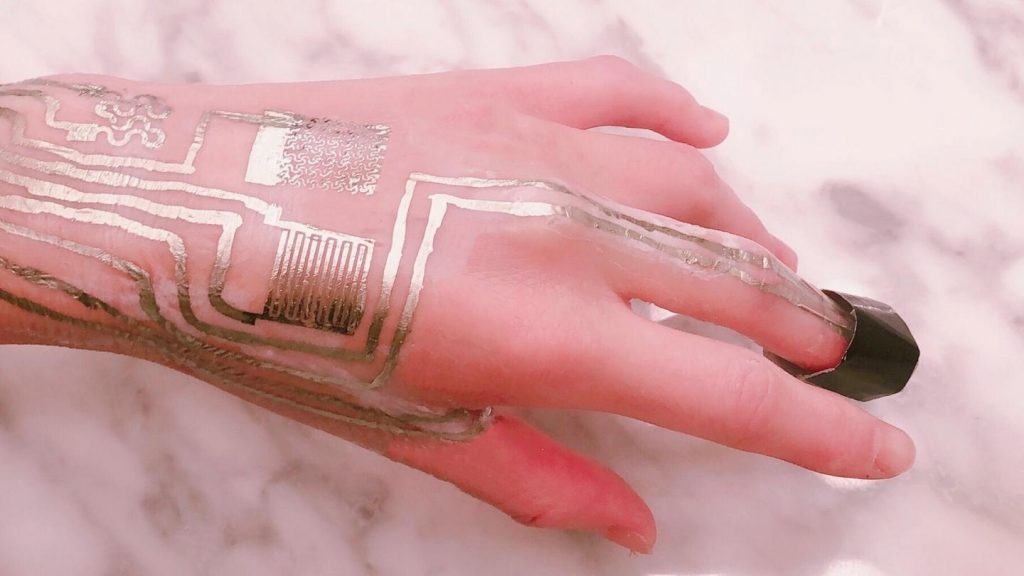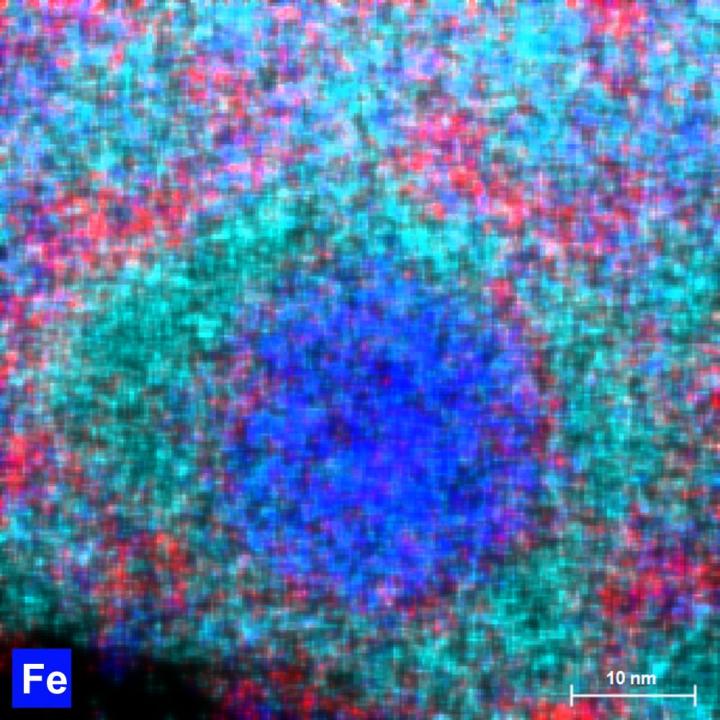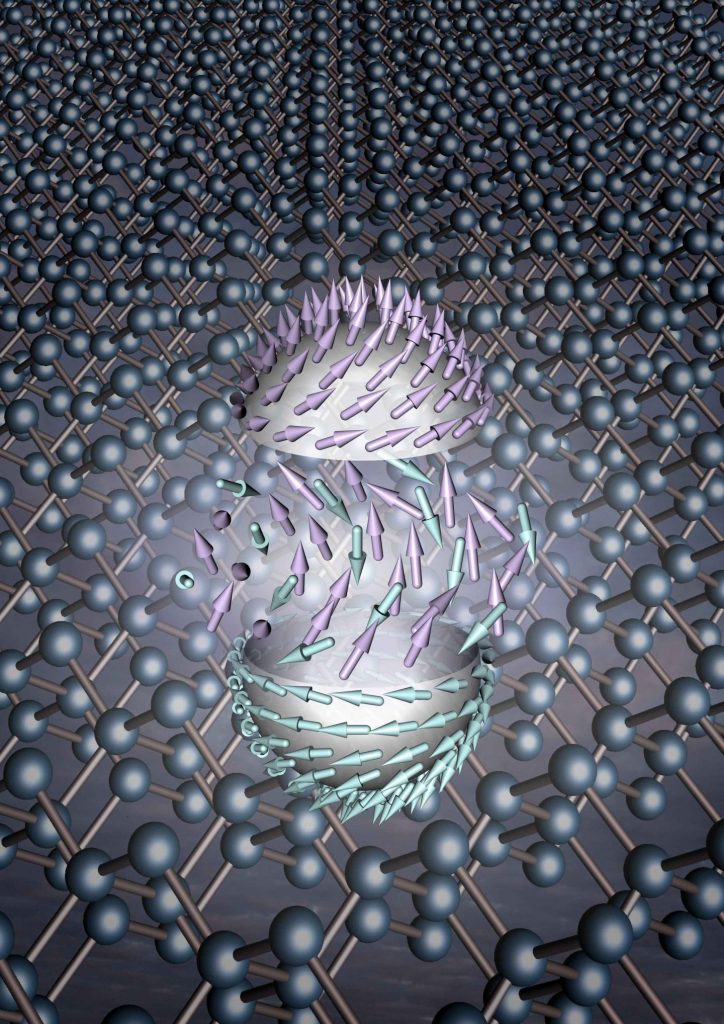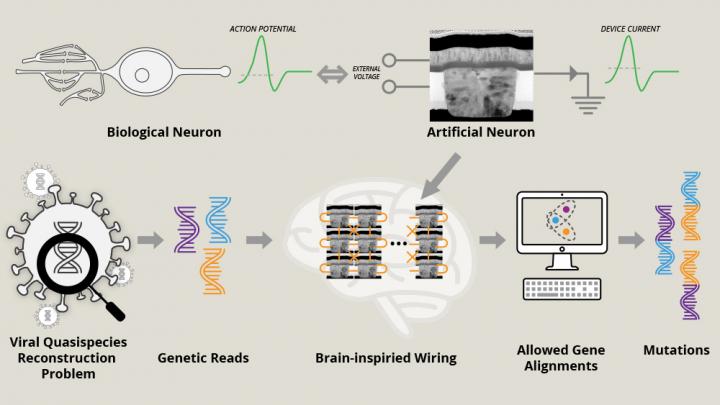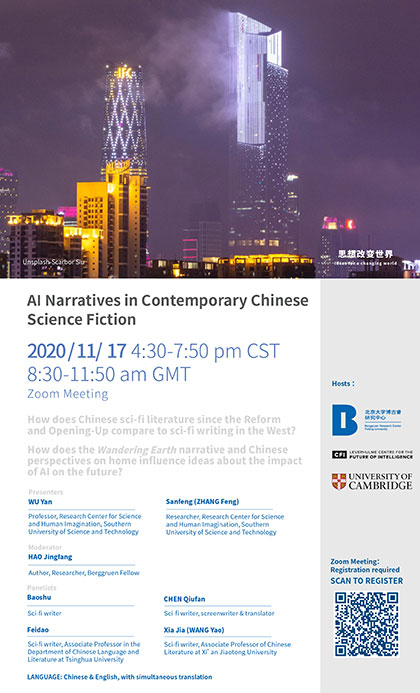Here’s a video about “Imagine Van Gogh,” coming soon to Vancouver, they hope, but which opened first in Montréal in December 2019 where almost 200,000 visited the exhibit before it moved to Winnipeg in March 2020 (Note: There is an advertisement before the Canadian Broadcasting Corporation’s (CBC) segment begins),
The Dec. 7, 2019 CBC news item (where video was embedded), provides more details about the exhibit experience (Note: A link has been removed),
…
Brushstrokes appear several feet wide, as more than 200 works, such as Starry Night and The Yellow House, are blown up and split into panels, giving visitors a 360-degree view of the paintings projected onto the walls and floor.
Annabelle Mauger, one of the artistic directors behind the exhibit, titled Imagine Van Gogh, says she tests this type of exhibition by seeing how her young children react to it.
“When I saw them just running [at] the image, running into the paintings, I think, this is the most fantastic thing I can do,” she told CBC News.
Mauger said she wanted to create a space where people could experience van Gogh’s art in ways traditional museums don’t allow. Classical music plays as you move around the warehouse space, where you can reach out and touch the simulated canvas or sit on the floor and watch the artwork swirl around you.
That feeling of being surrounded by the artwork is building on French photographer Albert Plécy‘s concept of “image totale,” which Maugler studied while in Provence, France at the Cathédrale d’images.
…
The Montreal showing of Imagine Van Gogh is its North American debut, with 40,000 tickets sold before it opened at the Arsenal Contemporary Art centre on Dec. 5.
But not everyone is a fan of such immersive art exhibitions, which seek to attract audiences to contemplate works of art by presenting them in an accessible format.
Artist Joseph Nechvatal, reviewing a similar digital art exhibition in Paris titled “Van Gogh, Starry Night,” decried it as “a nasty bit of metaphorical necrophilia” that degrades van Gogh’s daring works.
He called the show “one of the greatest banalizations of painting I have ever seen, matched only by van Gogh kitchen hand towels now being sold around town.”
In that exhibit, the paintings came to life through the use of computer-generated animation. But in Imagine Van Gogh, they retain their static quality as they’re projected on the walls, which lets the art express motion, Mauger says, while still remaining immobile.
“I don’t want the birds flying, you know,” said Mauger. “I don’t want to see the [self]-portrait of van Gogh smoking. No, for me, this is nonsense.”
Hrag Vartanian, the Canadian-raised editor-in-chief and co-founder of the influential art criticism website Hyperallergic, is more generous than Nechvatal in his assessment of the growing trend of immersive digital art shows.
“A lot of these artworks are sometimes disappointing when you’re in a museum and you realize it’s much smaller than you imagined it, or there’s a huge crowd and you don’t get a moment of contemplation you were hoping for,” he said in an interview from New York.
…
As for the proposed “Imagine Van Gogh” in Vancouver exhibition, Kenneth Chan reveals details about the plans in his Nov. 26, 2020 article for the Daily Hive,
A massive immersive digital art exhibition that blankets tall walls and floors with the projections of works by Vincent van Gogh is slated for Vancouver Convention Centre starting in February 2021.
…
Plans to bring the exhibition to Vancouver were announced today, but a specific start and end date has yet to be established. The exhibition will operate under the latest public health guidelines in BC.
The exhibition footprint inside the convention centre is 30,000 sq. ft. For context, the total amount of exhibition space at the Vancouver Art Gallery is about 41,000 sq. ft.
…
There has been immense interest with Imagine Van Gogh in Canada. It received nearly 200,000 visitors in Montreal before it closed in March, and almost 75,000 in Quebec City this past summer during the pandemic. Currently, the exhibition is underway in Winnipeg, and it has been extended to the end of December due to “incredible demand.”
…
The exhibition is in partnership with France-based Encore Productions and Paquin Entertainment Group and Tandem Expositions.
Organizers are asking interested parties to pre-register. I think they’re trying to gauge the level of interest Vancouverites have in this proposed exhibition. Organizers are offering some incentives to pre-register (from the Vancouver Imagine Van Gogh presale website),
Register now and be the first to know when tickets go on sale, and gain access to an exclusive presale to get tickets before they are available to the general public.
You will also be entered to
win one of three Premiere Packages
for you and three friends to attend the opening of the Imagine Van Gogh exhibit.
Additionally, you will receive other exclusive offers from our partners.

If you need more inspiration, check out Chan’s Nov. 26, 2020 article where you will find many more images. Enjoy!
